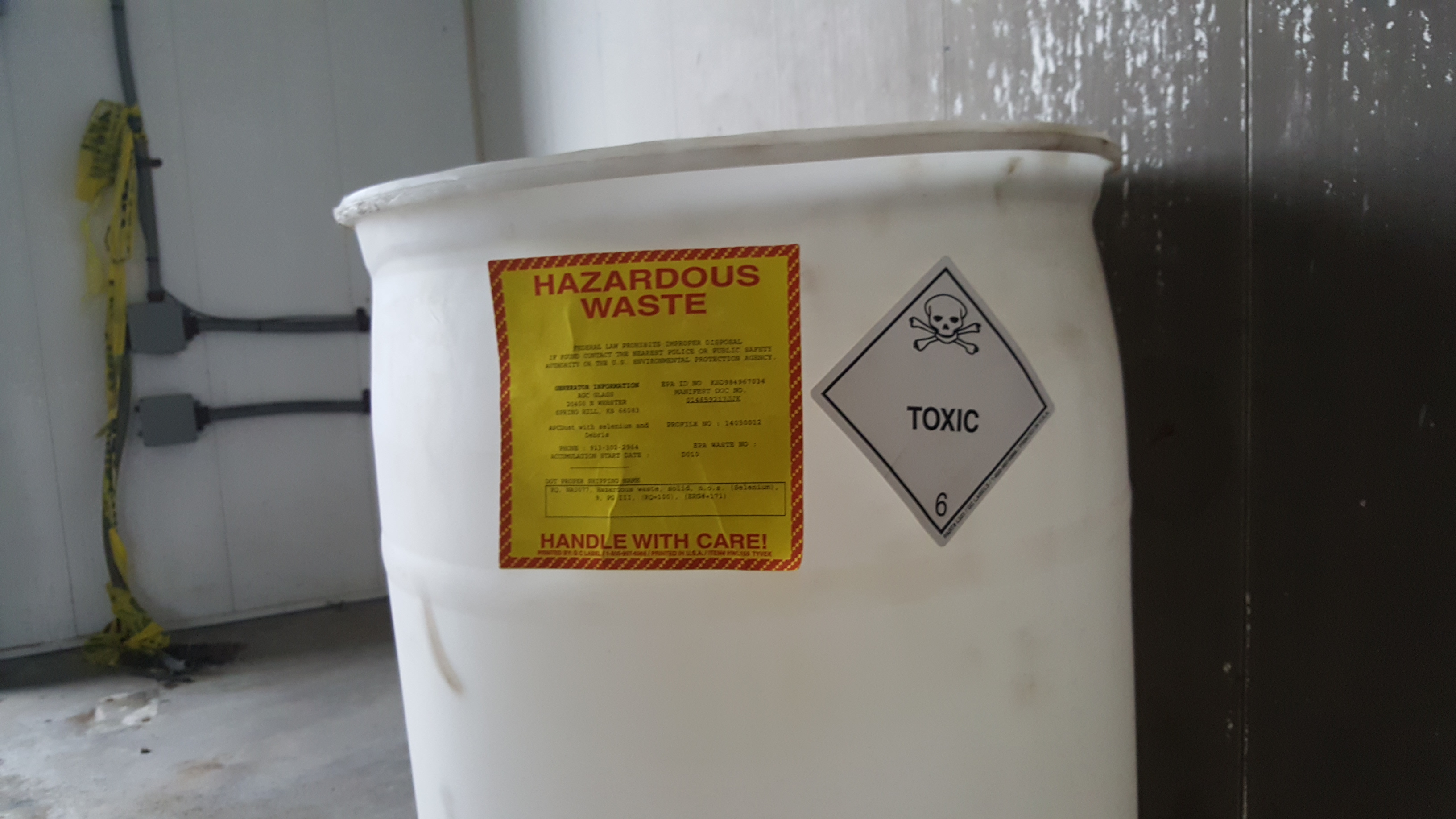RCRA – the Resource Conservation and Recovery Act – was passed in 1976 to amend the Solid Waste Disposal Act of 1965 and to address a growing national concern over the improper management and disposal of both hazardous and non-hazardous waste. Subtitle C of RCRA established a system to manage by regulation a hazardous waste from its moment of generation through transportation to its treatment, storage, and finally, disposal. The name for this comprehensive management system is: Cradle to Grave.
- Point of Generation = “Cradle”
- Transportation to Treatment, Storage, or Disposal = “to”
- Treatment, Storage, and Final Disposal = “Grave”
While RCRA regulates the generation, transportation, and disposal of hazardous waste, it also has the authority to clean up hazardous waste from active facilities. RCRA does not, however, have the authority to address the problem of hazardous waste at inactive or abandoned sites or those resulting from emergency response to spills. Enter CERCLA.
CERCLA – the Comprehensive Environmental Response, Compensation and Liability Act of 1980 – aka: Superfund, was created to address the problem of hazardous waste and hazardous substances at inactive or abandoned sites or those resulting from emergency response to spills. It was amended by the Superfund Amendments and Reauthorization Act (SARA) of 1986. Upon a site becoming subject to its regulations (ie. a Superfund Site), CERCLA imposes liability on parties responsible for, in whole or in part, the presence of hazardous substances at a site. In other words, if you had anything to do with a hazardous substance ending up at a Superfund Site, either by transporting it their yourself or by contracting with others to do it for you, you have the potential to be identified as a Potentially Responsible Party (PRP) and be held responsible for the entire cost of cleaning up the site. CERCLA’s authority in these matters is broad and has been upheld by the courts.
A generator of hazardous waste must know about CERCLA/SARA as well as RCRA because CERCLA has the authority to force a generator to clean-up a polluted site or scene of an emergency response spill if that generator ever sent any of its hazardous waste to that site. But it goes further. CERCLA regulates hazardous substances, not just hazardous waste. The definition of a hazardous substance includes a hazardous waste, but it also includes 800 other hazardous substances listed in 40 CFR 302.4. Many non-hazardous wastes, recycled materials, and de-regulated hazardous wastes (Universal Waste, Used Oil, etc.) contain hazardous substances, which includes:
- Copper and Copper Compounds
- Lead and Lead Compounds
- Mercury and Mercury Compounds
- Zinc and Zinc Compounds
- And many more
So, every time you arrange for disposal of a hazardous waste by recycling, treatment, or disposal, you are opening up the potential for clean-up of a site under CERCLA or RCRA. Every time you dispose of a non-hazardous or de-regulated hazardous waste – even scrap metal for recycling – you are opening up the potential for clean-up of a site under CERCLA if it contains a hazardous substance. This responsibility exists even if your waste has been re-manifested by a third party prior to its disposal. You can read more about the Superfund Program here.
What can you do?
- Accept that some risk is the cost of doing business.
- Do everything you can to eliminate the generation of waste.
- Ensure you are familiar with the regulations that apply to your operations and adhere to them.
- Perform “due diligence” of any facility to which you ship your waste for disposal, treatment, or recycling to ensure they are in compliance with the regulations and that they have measures in place to protect you from future liability such as a large cash reserve or sufficient insurance coverage.
At my training events I address all of the above while meeting the RCRA training requirements for Large and Small Quantity Generators of hazardous waste. Contact me to discuss your training needs or review my training schedule to find a date and location near you.

